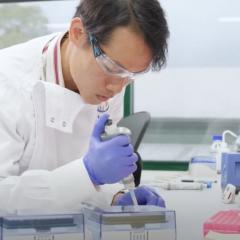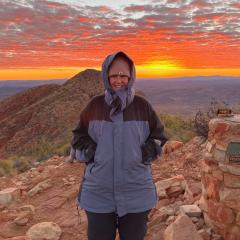UQ Centre for Clinical Research (UQCCR) researcher Dr Robyn Grote is using computer game technology to significantly improve the mobility and quality of life of patients with movement disorders.
Dr Grote and her team at the newly established Queensland Motion Analysis Centre are introducing this technology to burns patients, stroke victims, patients with acquired neurological disorders, babies and those with other complex gait and mobility problems.
Dr Robyn Grote said this cutting-edge technology provides a 3D view of a patient, giving the most precise profile of gait and movement.
“Earlier technologies have not allowed for clinicians to get an accurate view of patient abnormalities which has led to misdiagnoses, further complications and sometimes unnecessary procedures,” Dr Grote said.
“This new technology will provide health and rehabilitation teams with more information so they can make accurate diagnoses and deliver more targeted and effective treatments.”
Using reflective markers and electromyography sensors attached to the body, force plates embedded in a specially designed portable walkway and state-of-the-art 3D modelling, researchers are able to conduct an engineering analysis developing the most detailed and precise profile of a patient’s gait and movement.
Dr Grote is collaborating with Professor Paul Colditz and his group at the Perinatal Research Centre at UQCCR, to use the technology to create a world-first three dimensional model targeted at treating babies.
“Often premature babies have movement disorders but currently can’t undergo a gait analysis until they are four and that can be too late,” Dr Grote said.
This innovative facility was officially opened by The Honourable Campbell Newman MP, Premier of Queensland and The Honourable Lawrence Springborg MP, Minister for Health at a ceremony on the 12 February 2014.



